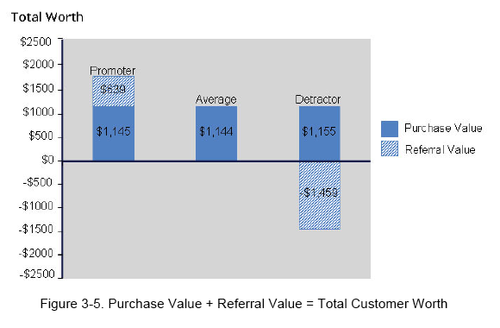https://www.whitehouse.gov/the_press_office/Remarks-by-the-President-on-the-American-Automotive-Industry-3/30/09/
I’m sure a lot of our readers watched, listened to, or have read the speech given by President Obama, especially if you sell GM or Chrysler.
He spoke very strongly about the government’s lack of desire to run an auto company. The President also made it very clear that “We cannot, and must not, and we will not let our auto industry simply vanish. This industry is like no other — it’s an emblem of the American spirit; a once and future symbol of America’s success. “
So, what’s the government’s verdict on the viability plans submitted by GM and Chrysler? Basically, they’re not good enough. But they think they could be good enough soon. In more detail:
“As an initial step, GM is announcing today that Rick Wagoner is stepping aside as Chairman and CEO. …it’s a recognition that will take new vision and new direction to create the GM of the future.”
GM will receive “working capital” for 60 days in which they must work with Obama’s team and “ask themselves: Have they consolidated enough unprofitable brands? Have they cleaned up their balance sheets, or are they still saddled with so much debt that they can’t make future investments? Above all, have they created a credible model for how not only to survive, but to succeed in this competitive global market?”
Chrysler, in the words of the President, “is more challenging.” It’s been decided that “Chrysler needs a partner to remain viable.” Basically, Chrysler has 30 days to work out a finalized deal with Fiat and agree to pay back “taxpayers for any new investments that are made before Fiat is allowed to take a majority ownership stake in Chrysler.”
“If they {Chrysler and Fiat} are able to come to a sound agreement that protects American taxpayers, we will consider lending up to $6 billion to help their plan succeed. But if they and their stakeholders are unable to reach such an agreement, and in the absence of any other viable partnership, we will not be able to justify investing additional tax dollars to keep Chrysler in business.”
Bankruptcy was mentioned, and because of the power of that word, President Obama explained that if need be, the US Government would use existing laws to make it easier for the two companies to “quickly clear away old debts” and “restructure quickly and emerge stronger.”
To encourage consumers to buy Chrysler and GM vehicles, Obama announced that the US government will now back up warranties from these two companies. Also, funds from the Recovery Act designed to increase federal fleet purchases will be released as quickly as possible. The Treasury Department is working with auto finance companies to make credit more readily available. Tax breaks are available to “deduct the cost of any sales and excise taxes” for auto purchases made this year. Congress is also exploring a program that will give “generous credit” to those who trade-in older vehicles for “cleaner cars.”
So, what do you think? What type of “hard choices” do you expect to be asked to make, by both your OEM and the government? What has your dealership done already?


